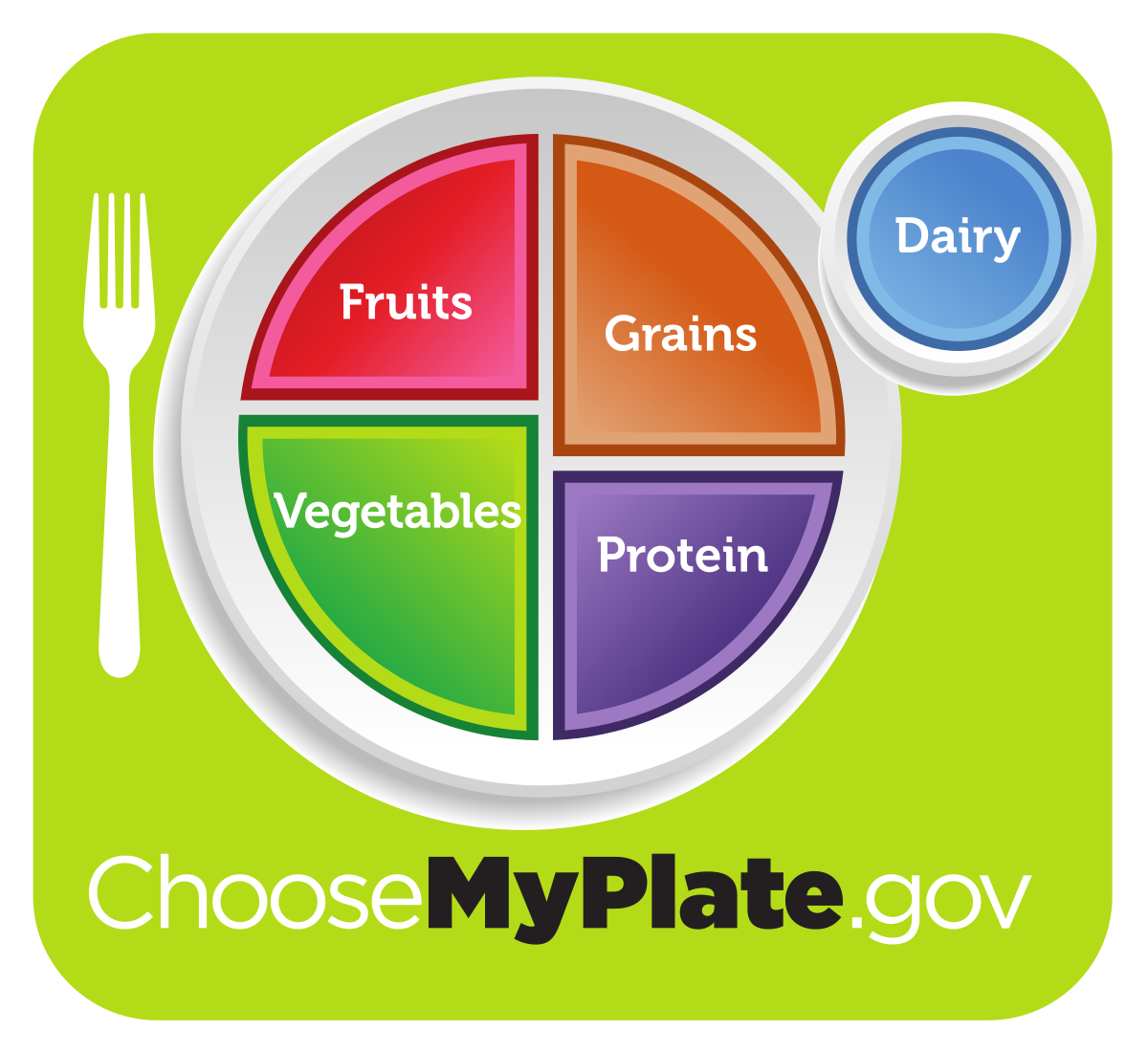Share This
We know that eating a healthy, balanced diet helps prevent many types of chronic disease, so it may come as no surprise to hear that an improved diet can have a profound impact on lowering healthcare costs as well. In the last few years there have been several new studies working to quantify these savings at a large scale, measuring the cost reductions associated with a widespread shift toward healthier diets.
In 2018, researchers in Canada looked at the economic burden attributable to not meeting Canadian food recommendations for 8 categories of food, some considered protective and others categorized as harmful in terms of chronic disease risk. In the protective category, they looked at 1) vegetables, 2) fruits, 3) whole grains, 4) milk, and 5) nuts and seeds. In the harmful category they considered 6) processed meat, 7) red meat, and 8) sugar-sweetened beverages. Overall, not meeting dietary recommendations, by either exceeding recommended levels of “harmful” foods or failing to reach recommended levels of “protective” foods, was found to be responsible for CAD$13.8 billion/year. They found that this was more significantly more costly at a national level than the economic burden of not getting enough exercise (estimated to be CAD$9.3 billion). Low intake of whole grains and nuts and seeds were found to have the highest individual cost impacts among the various food groups, coming in at CAD$3.3 billion each.
Looking at the American diet and healthcare landscape, researchers in 2019 found similar economic consequences for not meeting recommended intake levels in the US. This study measured the cardiometabolic disease burden associated with suboptimal diets, defined as those that fail to meet recommended intake levels for fruits, vegetables, nuts/seeds, whole grains, unprocessed red meats, processed meats, sugar-sweetened beverages, polyunsaturated fats, seafood omega-3 fats, and sodium. The researchers found that the cardiometabolic healthcare costs attributable to diet were $301 per person annually (or $50.4 billion at a national scale). Low intake of whole grains alone was associated with an average $45 cost per person (or about $7.5 billion nationally).
The latest research on the subject of diet and healthcare costs, published in August, is a paper that looks at the cardiovascular-related healthcare savings associated with increasing whole grain consumption specifically. Using recent meta-analyses in the literature, the researchers calculated the cardiovascular risk reduction associated with each serving of whole grain consumed. They were then able to model various scenarios of increasing consumption as a proportion of total grains, getting closer and closer to the recommended levels outlined in the US Dietary Guidelines. They found that if intake was increased to meet recommended levels (an increase of 2.24 ounce-equivalents of whole grain per day), the estimated direct medical cost savings from reduced risk of cardiovascular disease was $21.9 billion annually.
These studies are important in helping advocate for broad public policy that supports healthier eating patterns and increased whole grain consumption. The authors in the third study mentioned explain, “Given the substantial savings estimated with even a modest increase in whole grains consumption of 0.25 oz-eq/day, this study along with others, supports the importance of promoting beneficial shifts in dietary patterns. These data may be particularly useful when establishing goals for public health programs, in that even changes below DGA targets may have health economic benefits.”
If you’re interested in learning more about many of the ongoing efforts to increase whole grain consumption globally, tune in to the Whole Grain Initiative’s International Whole Grain Day Webinar on November 19 at 10am ET. The Whole Grains Council will also be celebrating that day by hosting a webinar at 3pm ET covering whole grain processing and how it impacts nutrition. (Caroline)




Add a Comment